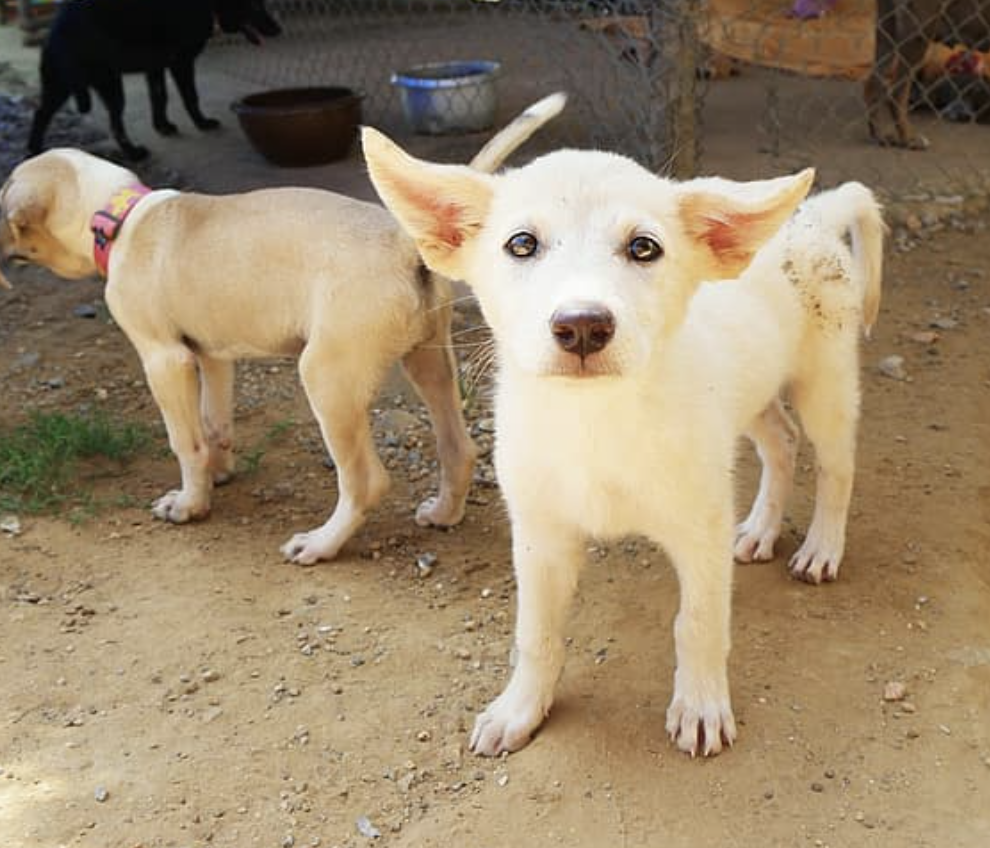CBS NEWS – Once thought to be a danger largely reserved for travelers, a flesh-eating parasite known as Leishmania mexicana is now likely spreading locally through some sand flies native to the southern U.S., a new Centers for Disease Control and Prevention analysis has concluded.
Skin sores caused by Leishmania mexicana typically erupt weeks to months after people are bitten by an infected fly. The parasite can continue to inflict damage for years, leading to long-term scarring in its wake.
Hospitals have some options for drugs to use in trying to treat patients suffering from this disease caused by the parasite, which doctors call cutaneous leishmaniasis, though experts acknowledge there is “low certainty” about their effectiveness.
Many patients who initially respond to treatment remain at risk of their leishmaniasis relapsing …
Dogs are considered the main reservoir
In countries battling outbreaks of visceral leishmaniasis, dogs are considered “the main reservoir” of the parasite. Now a boom in recent years of dog arrivals from abroad, either through travel, adoptions or moving, has raised concerns of this parasite’s spread.
“All of us have been fielding these calls from state public health veterinarians, from Army veterinarians, that are trying to figure out what to do,” said Christine Petersen, director of the University of Iowa’s Center for Emerging Infectious Diseases.
Sporadic cases of leishmania infantum have already been reported spreading into dogs who have not traveled abroad. In addition to giving the parasite to flies, dogs can also spread the parasite directly through contact or bites.
Humans can also be unwitting carriers. Blood tests suggest as many as 1 in 5 American soldiers who were deployed to Iraq may have developed asymptomatic infections.
Working with scientists from the military and the CDC, Petersen co-authored a new “risk assessment tool” they hope will help veterinarians and public health officials figure out how to handle infected dogs if they catch the parasite. A draft of the tool was previewed at the ASTMH’s meeting.
Decisions on whether to euthanize the dog can be made guided by weighing factors like where the dog is from and the likelihood of local sand flies which might transmit the parasite …



